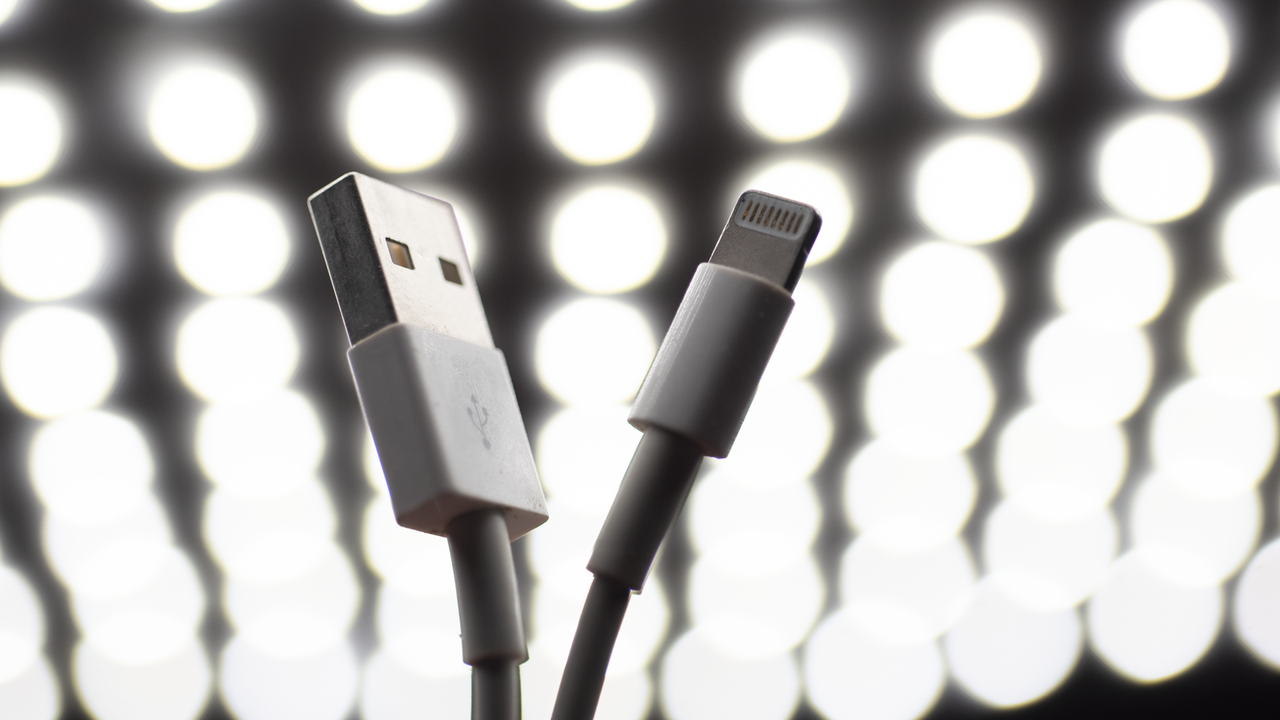
This week we learned that the European Commission is hoping to pass a law which will require all device manufacturers to fit their smartphones with USB-C charging ports. For Android phones this is mostly already a done deal and moving to USB-C for any stragglers will not be a big deal. However for Apple, things are not as simple. While the company has deployed USB-C to the iPad and MacBook ranges, smartphones are another matter (AirPods less of a problem, realistically they use Lightning because the iPhone does).
And while it’s not my job to defend Apple, I’ve been thinking about this problem and what the EU is hoping to achieve, and the problems that lie in the way. Firstly, it is laudable that we move towards less e-waste but I suspect stopping Apple using Lightning won’t be much help. Let’s think for a moment about just how many Lightning cables there are in the world right now. Estimates on how many iPhones there are range from around 1.9 to 2.2 billion since the device first went on sale. Of those, quite a few carry lightning, and virtually every one of the still-in-use devices is likely to be using the port.
The iPhone 5 was Apple’s first Lightning-equipped phone so, we’ve had basically a decade of Lightning now. That could be as many as a billion devices which use lightning cables. And with the iPhone getting support for 5 years or so after launch it’s reasonable to expect that people will be using lightning for a few years to come. That means we already have a really significant collection of these cables that will, at some point, have to be thrown away or, perhaps, recycled.
This surely means that considerable harm will be done by forcing Apple to move to USB-C. It will means people will almost certainly need to replace their existing cables, especially if they have a collection of Lightning cables that they use to top up their phone wherever they are. It’s hard to see how enforcing such a change would decrease the amount of cables in the world.
It’s also worth pointing out that while Apple draws criticism from a lot of places for the whacky Lightning connector, it is actually a fairly decent cable system. It appeared way before USB-C but offers the same reversibility that people enjoy over the the meme-like idiocy of prior USB standards. It’s pretty resilient, I’ve never bent one for example, but I certainly have damaged a USB-C connector. Apple’s cables might be expensive, but unless abused they tend to last many, many years.
At the time it was introduced, Lightning was faster and more reliable than micro-USB and was clearly a more elegant solution for iPhones. Had Apple decided to make it an open standard, I think there’s a good chance it would have ended up being the connection on every phone.
The fact that Lightning is still around now is a testament to its cunning design. I don’t doubt its time is over. USB-C is, without doubt, the future and even Apple seems to understand that. A lot of its hardware has already moved on and into the open arms of USB-C. This isn’t as big a deal as many people might think, rumours suggest Apple was deeply involved in the development of USB-C. John Gruber, someone with good Apple connections, once claimed the company was entirely responsible for its design.
Sign up to the T3 newsletter for smarter living straight to your inbox
Get all the latest news, reviews, deals and buying guides on gorgeous tech, home and active products from the T3 experts
Whatever the truth is about Apple’s internal feelings toward USB-C, it’s pretty obvious that Lightning isn’t long for this world. It’s given us years of solid service and I think we should at least give it some grudging respect for being ahead of the game in technological terms. When the move away from it happens there will be a lot of pairs of Apple headphones, power cables and third party accessories rendered useless. For all the EU’s good intentions, that move will create a mountain of e-waste all of its own.
Ian has been involved in technology journalism since 2007, originally writing about AV hardware back when LCDs and plasma TVs were just gaining popularity. Nearly 15 years on, he remains as excited about how tech can make your life better.
-
 Amazon Spring Deal Days Live – all the latest from the big sale
Amazon Spring Deal Days Live – all the latest from the big saleGet ready for a week of discounts on all your favourite products as Amazon launches its Spring Deal Days sale event
By Mat Gallagher Last updated
-
 Forget Amazon’s Spring Sale – this five-star DJI drone deal at Walmart is too good to miss
Forget Amazon’s Spring Sale – this five-star DJI drone deal at Walmart is too good to missSave $200 on DJI’s Mini 4 Pro – a sensational sub-250 gram drone
By Bryony Firth-Bernard Published
-
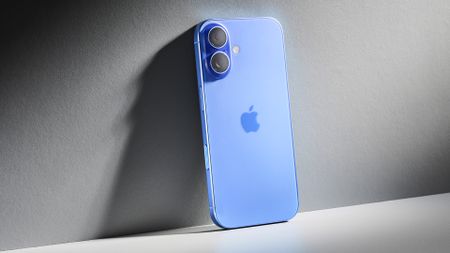 Your iPhone tipped to get a seismic upgrade with iOS 19 – the biggest in many years
Your iPhone tipped to get a seismic upgrade with iOS 19 – the biggest in many yearsIt's said to be the most significant overhaul in over a decade
By Sam Cross Published
-
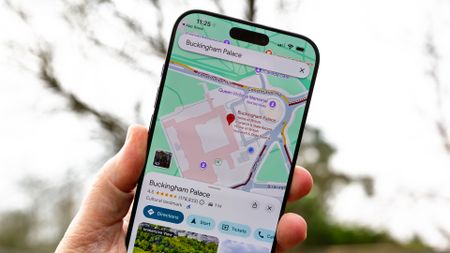 Google Maps design update finally comes to iPhone after Android owners have enjoyed it for months
Google Maps design update finally comes to iPhone after Android owners have enjoyed it for monthsIt should make one-handed use much easier
By Britta O'Boyle Published
-
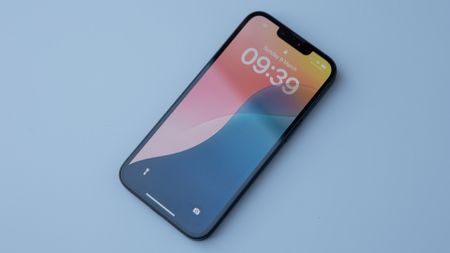 iPhone 16e review: smart, simple and affordable
iPhone 16e review: smart, simple and affordableForget the 16, the iPhone 16e is the model that most people will end up buying, and I can see why
By Mat Gallagher Published
-
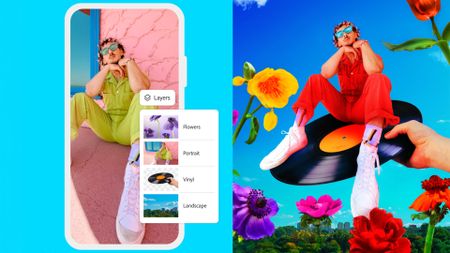 Photoshop's getting a surprise free upgrade on iPhone – and Android's next
Photoshop's getting a surprise free upgrade on iPhone – and Android's nextThe full experience is coming to mobile
By Max Freeman-Mills Published
-
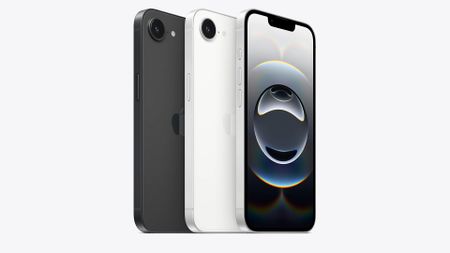 5 must-know iPhone 16e facts and how it compares to iPhone 16
5 must-know iPhone 16e facts and how it compares to iPhone 16Apple's newest iPhone is an interesting addition
By Max Freeman-Mills Published
-
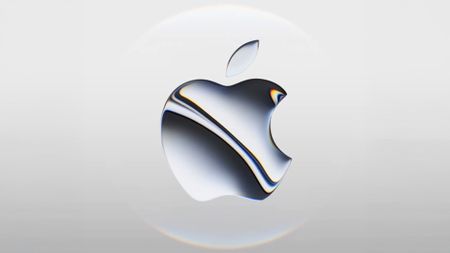 Apple event confirmed for 19th Feb – will it be an iPhone SE 4?
Apple event confirmed for 19th Feb – will it be an iPhone SE 4?Tim Cook has announced a new addition to the Apple family is coming next week
By Mat Gallagher Published
-
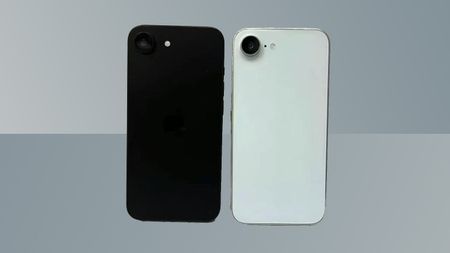 iPhone SE 4 photos appear online in major Apple leak
iPhone SE 4 photos appear online in major Apple leakThis is a massive change for the base model iPhone
By Sam Cross Published
-
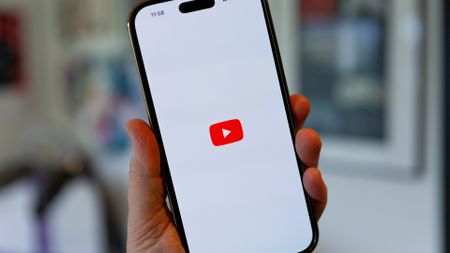 YouTube is getting a killer security upgrade for iPhone users
YouTube is getting a killer security upgrade for iPhone usersIt puts extra protections on your privacy
By Sam Cross Published